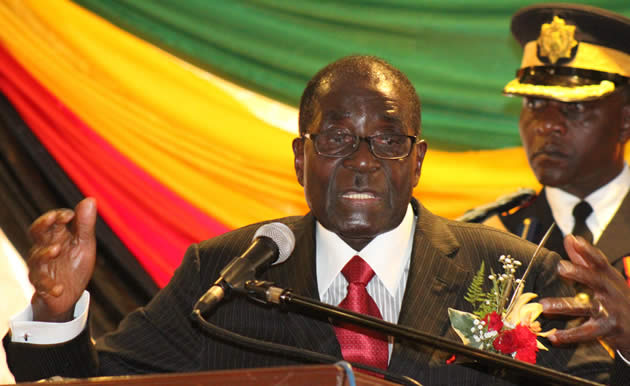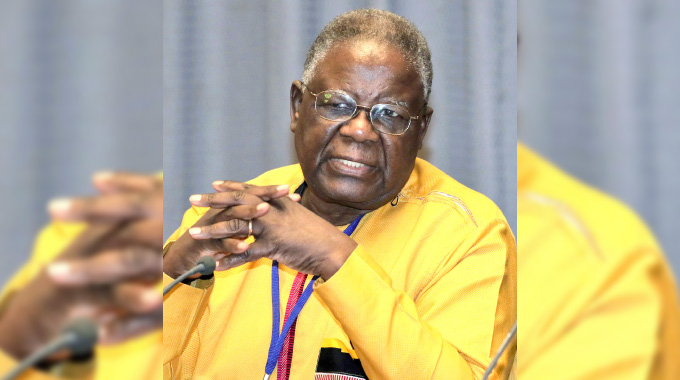Development corridors promote regional trade, investment

 Factmore Dzobo
Factmore Dzobo
IN a landlocked country like Zimbabwe, development corridor initiatives play a major role in tapping investment and stimulating economic growth as well as doing away with political barriers imposed by colonial powers meant to divide Africa in order to plunder her riches.
Spatial development corridor initiatives work programmes offer sharp catalytic interventions to facilitate investment-led growth in project areas designed by participating governments.
These spatial development initiatives were acclaimed in the Southern African Development Community (Sadc) and Common Market for Eastern and Southern Africa (Comesa) as a simple and effective process to unlock the rich resource base of the region by facilitating investment-led growth and, in the long term, contributing to the establishment of integrated development within the region.
Development corridors are defined more by the spirit of cooperation, generated by a series of geographical and socio-economic synergies, than by the political administrative boundaries and barriers.
Zimbabwe has several such development corridors that could bring in vast investment opportunities if properly coordinated.
For many years, development corridors have linked Southern African countries to their neighbours and to vital areas such as the sea routes or port which were largely linked by rail.
Road networks are now taking over and the areas along the corridors are set to grow economically thereby creating employment opportunities.
Several corridors have the potential to attract big investment not only for Zimbabwe but the region as a whole.
Some of the corridors have the potential to strengthen Zimbabwe’s existing trade and investment relations with her neighbours such as South Africa, Mozambique, Zambia, Namibia and Angola to name a few.
A number of economic sectors stand to benefit from the development corridors including agriculture, mining production, inter-exchange of commodities and tourism as some of the backbone of economic growth for most of Southern African countries.
In 2009, the government of Namibia granted Zimbabwe 19,000 square metres of land to construct its own dry port at Walvis Bay as one of the development corridors set to boost the country’s trade and investment.
The project was put on hold due to the unavailability of funds. Sometime in November last year, Comesa promised to avail $1,4 million to revive the project, but no funds have been channelled towards the project as yet.
Construction of the Walvis Bay development corridor is envisaged to boost trade between the neighbouring countries. Zimbabwe would expect to transport large volumes of commodities along this corridor to and from other regions.
Of late, focus has been on the Trans-Limpopo spatial development initiative, a development corridor that stretches from Victoria Falls to Polokwane in South Africa, via Bulawayo, Gwanda, Beitbridge and Messina.
This kind of spatial development initiative was first developed in South Africa in 1996 as an integrated planning tool aimed at promoting investment in regions of the country that were under developed but had potential for growth.
Sometime in 2001, the TransLimpopo spatial development initiative was formed when South Africa’s Limpopo Province and Zimbabwe’s Matabeleland North and South provinces signed a bilateral economic development pact.
Some of the concerned parties in the TransLimpopo Spatial Development Initiative in Zimbabwe include the Zimbabwe Tourism Authority, Bulawayo City Council, Gwanda Town Council and the Zimbabwe Investment Authority.
Areas that would benefit from the corridor include Transfrontier parks of Greater Limpopo, Okavango Upper Zambezi as well as Tourism Initiative of the Northern Province of South Africa.
A number of projects in the field of infrastructure, agriculture, mining, energy development and tourism have been identified within the area of the Trans-Limpopo corridor.
Once the corridor is fully operational, the benefits that would accrue include a one stop border post in Beitbridge, food processing industries, coal methane gas mining in Lupane, upgrading of the Joshua Mqabuko Nkomo and Victoria Falls international airports as well as the Zambezi Water Project, among others.
Minister of Environment, Water and Climate Change Saviour Kasukuwere said his ministry was committed to the completion of the National Matabeleland Zambezi Water Project which he said was the ultimate solution to water problems in the region and this on completion would promote investment in agro-business industries for the surrounding communities.
He said the first phase of the water project, the construction of the Gwayi-Shangani Dam, would be complete by 2016, highlighting that the completion of the dam would bring a number of spill-off economic benefits worth over $1 billion to the Matabeleland region’s populace.
The dam, after construction, will be one of the largest inland dams in the country. Cde Kasukuwere said the project had potential to create a green belt along the 400km pipeline from Gwayi-Shangani Dam to Bulawayo as part of the Zambezi corridor initiative.
He said agro-based companies were also expected to set up industries along the corridor.
“We’re looking at setting up agro-based industries along the corridors where people could be settled. They would then have pieces of land where they can cultivate crops under irrigation and cattle rearing as one of the country’s economic backbone. Projects such as timber processing could be started in Lupane once water is made available,” he said.
The Limpopo line development spatial initiative which connects Zimbabwe to Mozambique is one of the development projects between the two countries that ensure Zimbabwe access to the sea.
The line runs between south Mozambique to the port of Maputo.
At its peak, the Limpopo handled over a million tonnes of transit freight and provided Zimbabwe with a shorter route to the sea.
The Beira corridor is yet another spatial development initiative that was introduced in the 1980s. Beira corridor is a strategic 300km road, rail and oil pipeline route connecting Zimbabwe to the port in Mozambique.
Zimbabwe in conjunction with Mozambique is at present working to promote the Beira corridor in order to attract investment at the corridor. The corridor, if rehabilitated, is set to benefit other regional countries such as Zambia, Malawi and South Africa as one of the entry and exit points of various goods.
Recently, an infrastructure development conference held last year in Mozambique by Sadc came up with one of the 15-year Regional Infrastructure Development Master Plans which seeks to avail a multi-billion infrastructure development project for cross-border infrastructure development.
Zimbabwe among other nations is set to benefit from the multi-billion dollar investment scheme in the rehabilitation of its cross-border developmental projects such as roads, border posts and in information and communication technology.
This will also guide the implementation of cross-border infrastructure development for the period between 2014 and 2027 and would see investment in vital areas along the regional corridors grow economically, accelerate regional trade and investment.
One of the objectives of the spatial development corridor programmes is to minimise congestion at the country’s borders.
In line of this, Transport and Infrastructural Development Minister Dr Obert Mpofu said plans were under way to open more border posts and rehabilitate roads in the country which would assist in decongesting the border posts.
The co-chairperson of the TransLimpopo spatial development, Obert Sibanda, said the concept of developing economic corridors needed to be encouraged.
He said such development initiatives have to be encouraged as they bring a lot of benefits to the business community and to the people within the locality in which they are located.
“The corridors promote trade and cross border investment. It will also promote regional economic integration in the region,” said Sibanda.











Comments